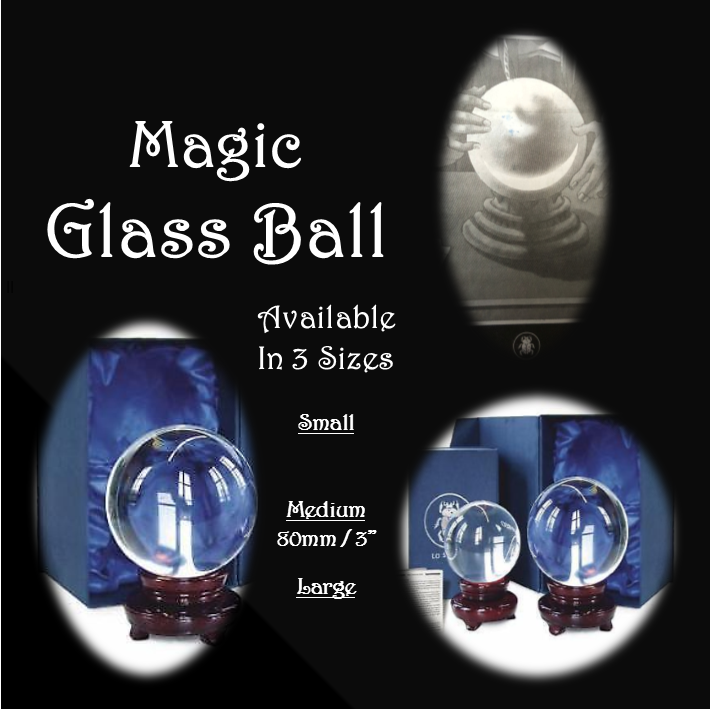

Thus the principles of optics may be applied to analyze its imaging characteristics.Īs a lens, a transparent sphere of any material with refractive index greater than one bends rays of light to a focal point. One of the most famous performers of the 20th century, Claude Alexander, was often billed as "Alexander the Crystal Seer".Ī crystal ball is essentially a bi-convex spherical lens with a uniform radius of curvature, although without its edges and center material truncated as in a conventional lens construction. Such routines, in which the performer answers audience questions by means of various ruses, are known as crystal gazing acts. When the technique of scrying is used with crystals, or any transparent body, it is known as crystallomancy or crystal gazing.Ĭrystal balls are popular props used in mentalism acts by stage magicians. love, marriage, finances, travel, business, etc.). The "information" gleaned then is used to make important decisions in one's life (i.e. The art or process of "seeing" is known as " scrying", whereby images are claimed to be seen in crystals, or other media such as water, and are interpreted as meaningful information. Photograph of a quartz crystal ball of the type commonly used for divination or scrying Romani fortune tellers used crystal balls to predict the fortune of their customers. Immediately before the appearance of a vision, the ball was said to mist up from within. Ĭrystal gazing was a popular pastime in the Victorian era, and was claimed to work best when the Sun is at its northernmost declination. He devoted much of his life to alchemy, divination, and Hermetic philosophy, of which the use of crystal balls was often included. John Dee was a noted British mathematician, astronomer, astrologer, geographer, and consultant to Queen Elizabeth I. By the 5th century CE, scrying was widespread within the Roman Empire and was condemned by the early medieval Christian Church as heretical.

In the 1st century CE, Pliny the Elder describes use of crystal balls by soothsayers ( "crystallum orbis", later written in Medieval Latin by scribes as orbuculum).


 0 kommentar(er)
0 kommentar(er)
